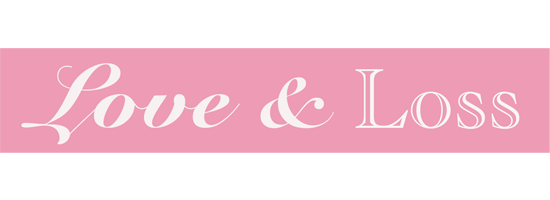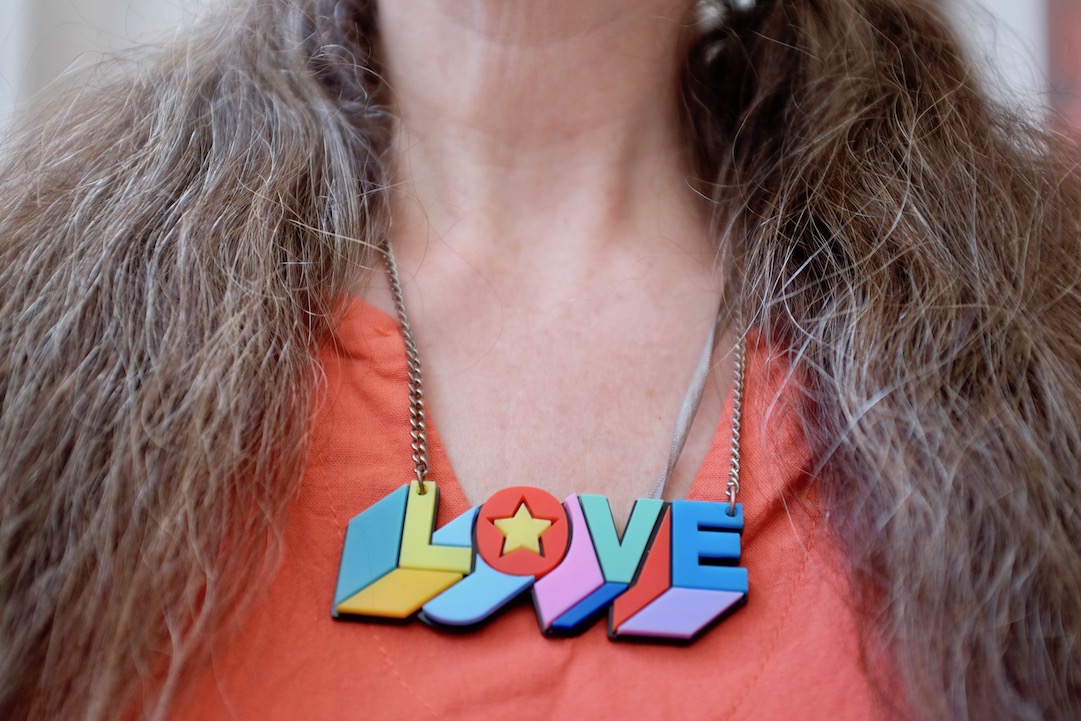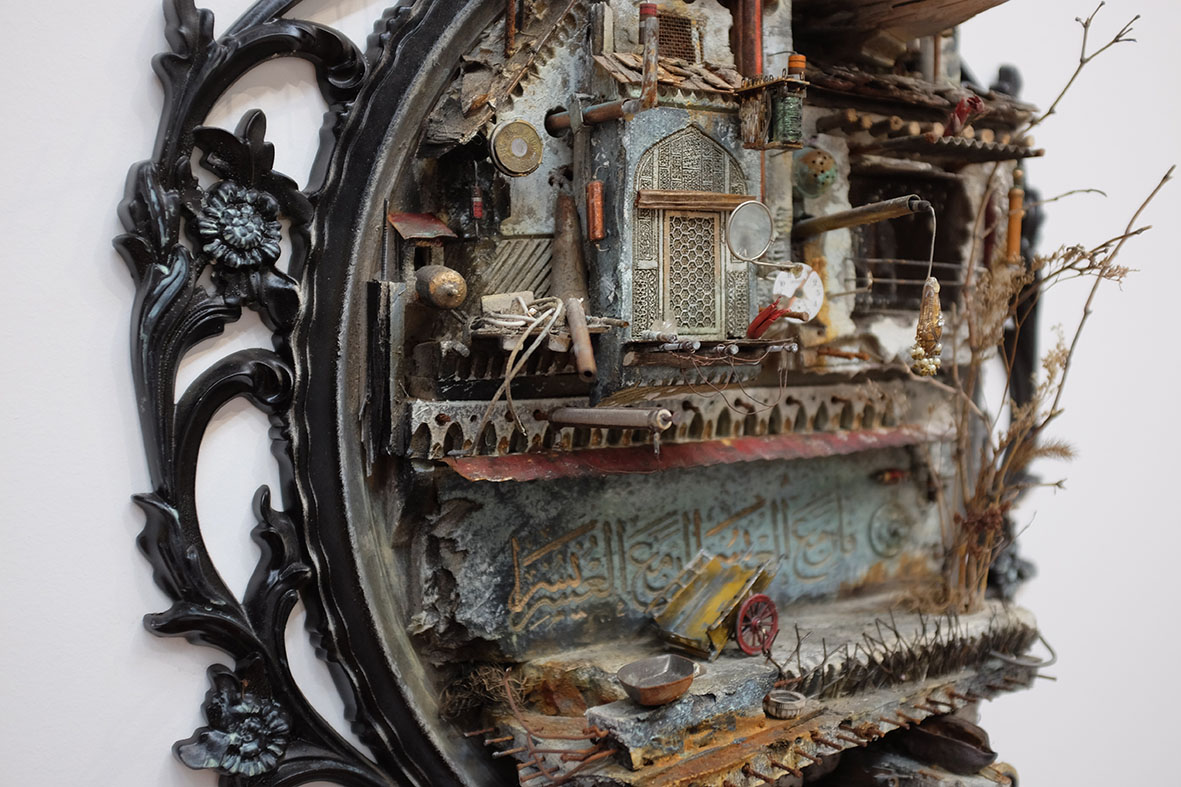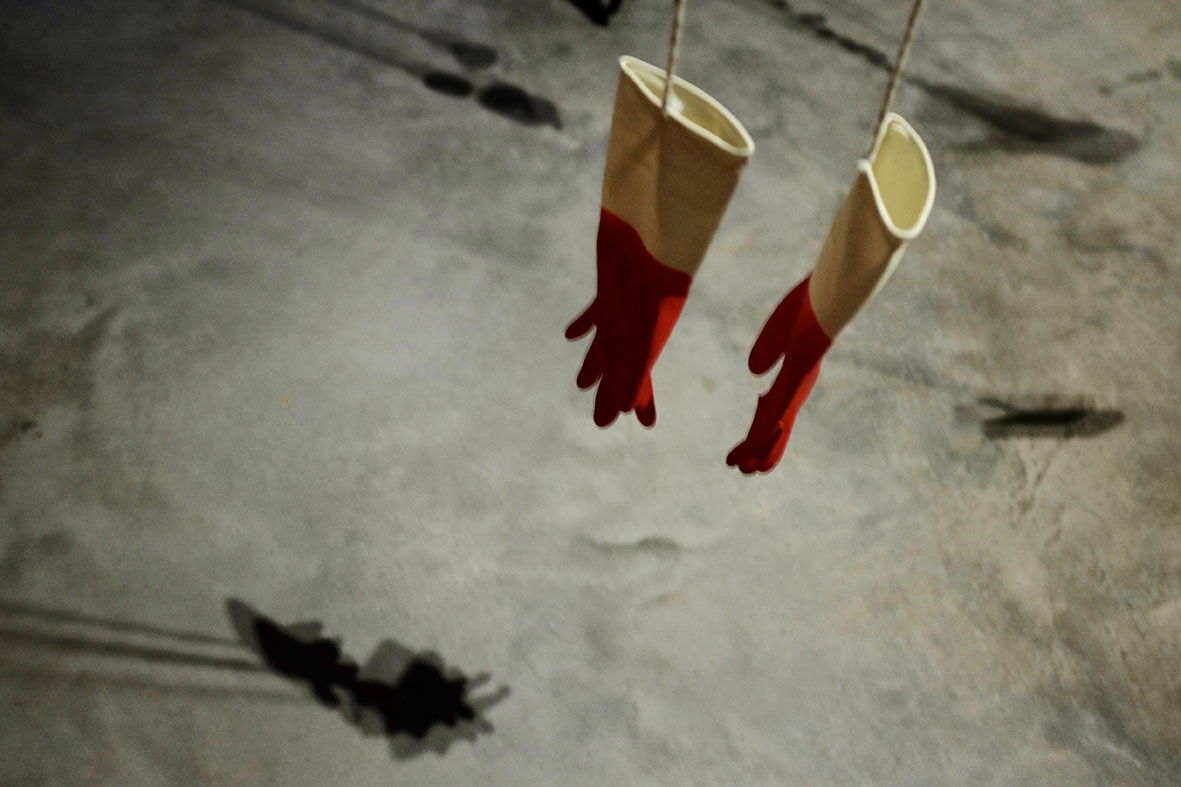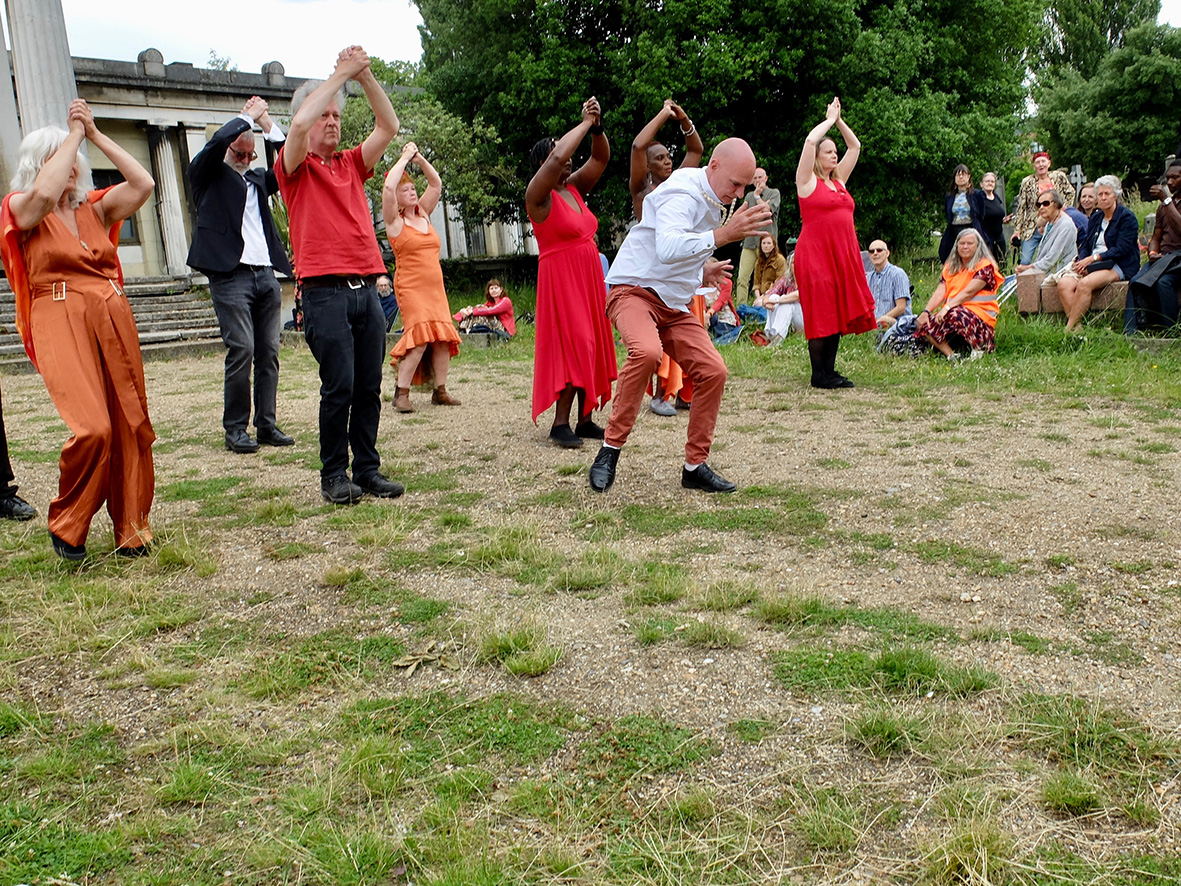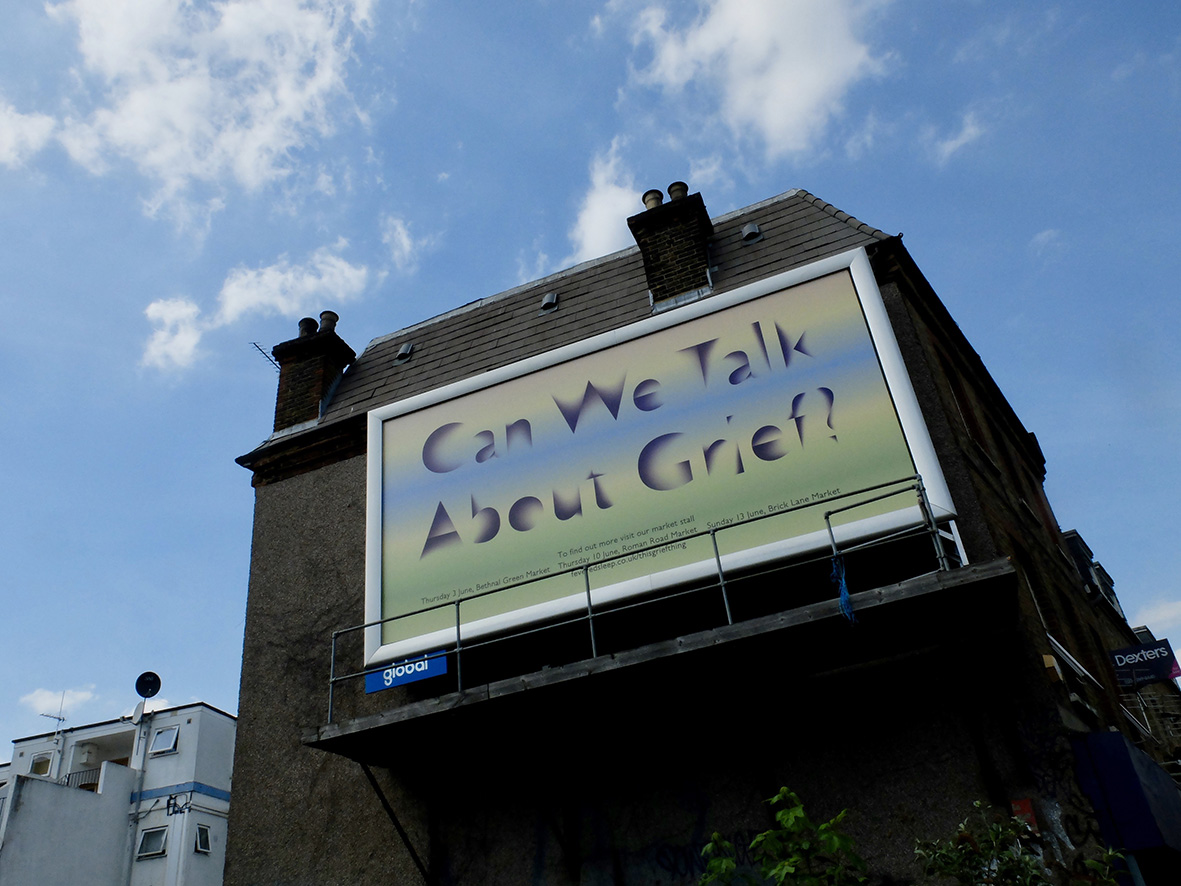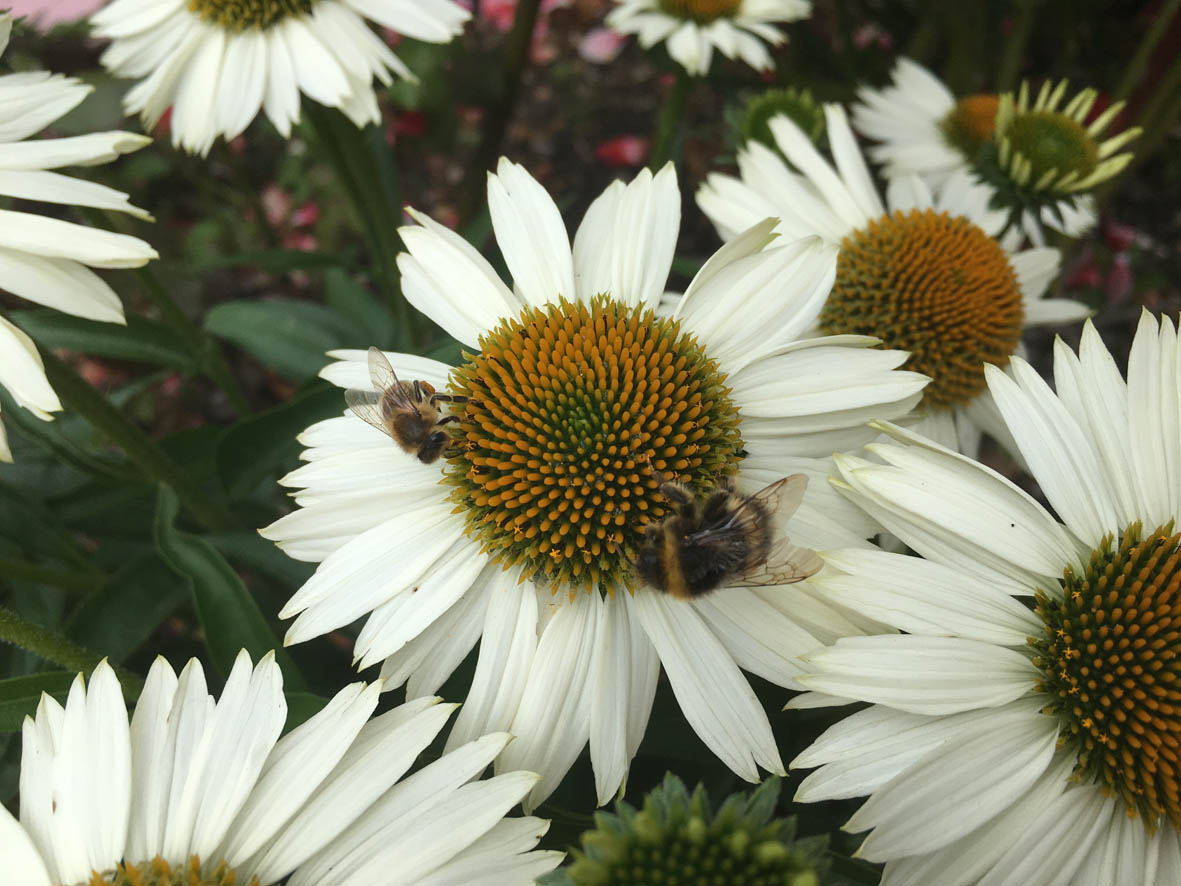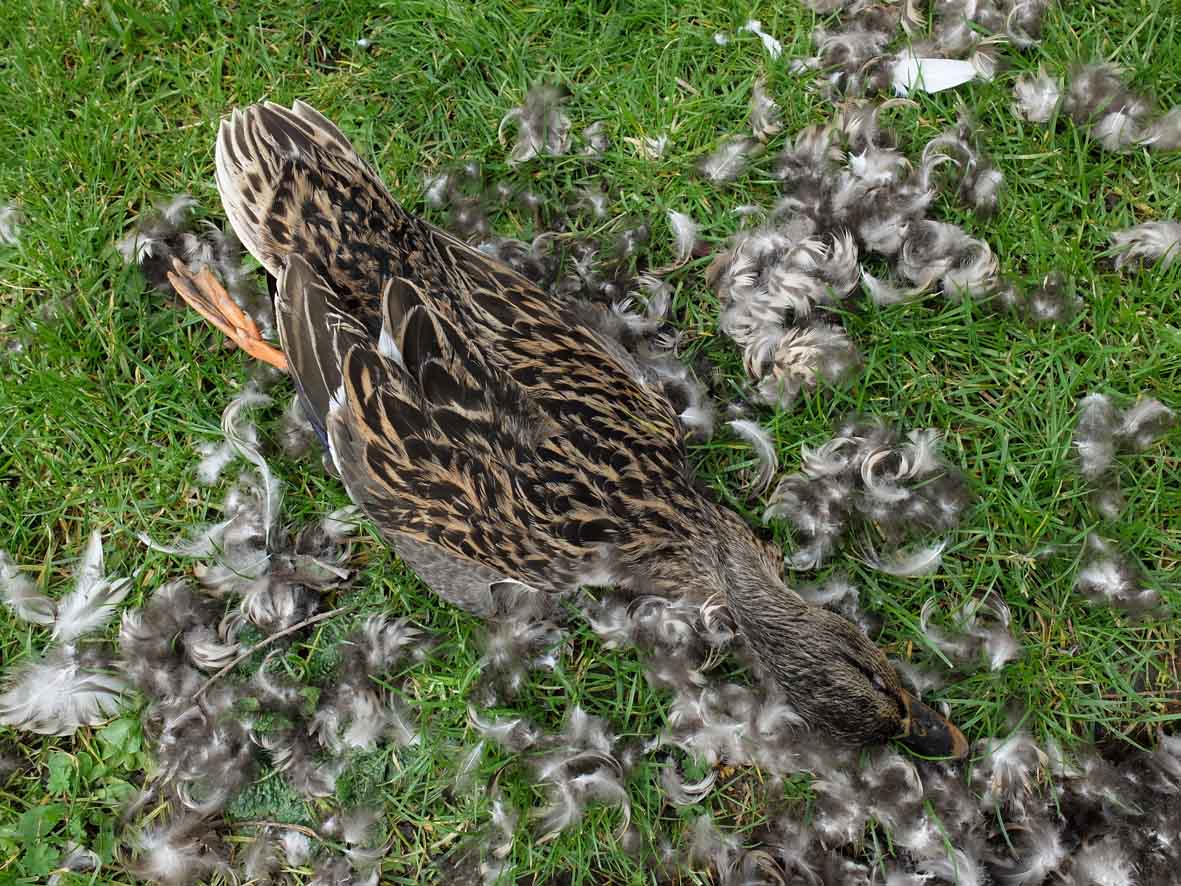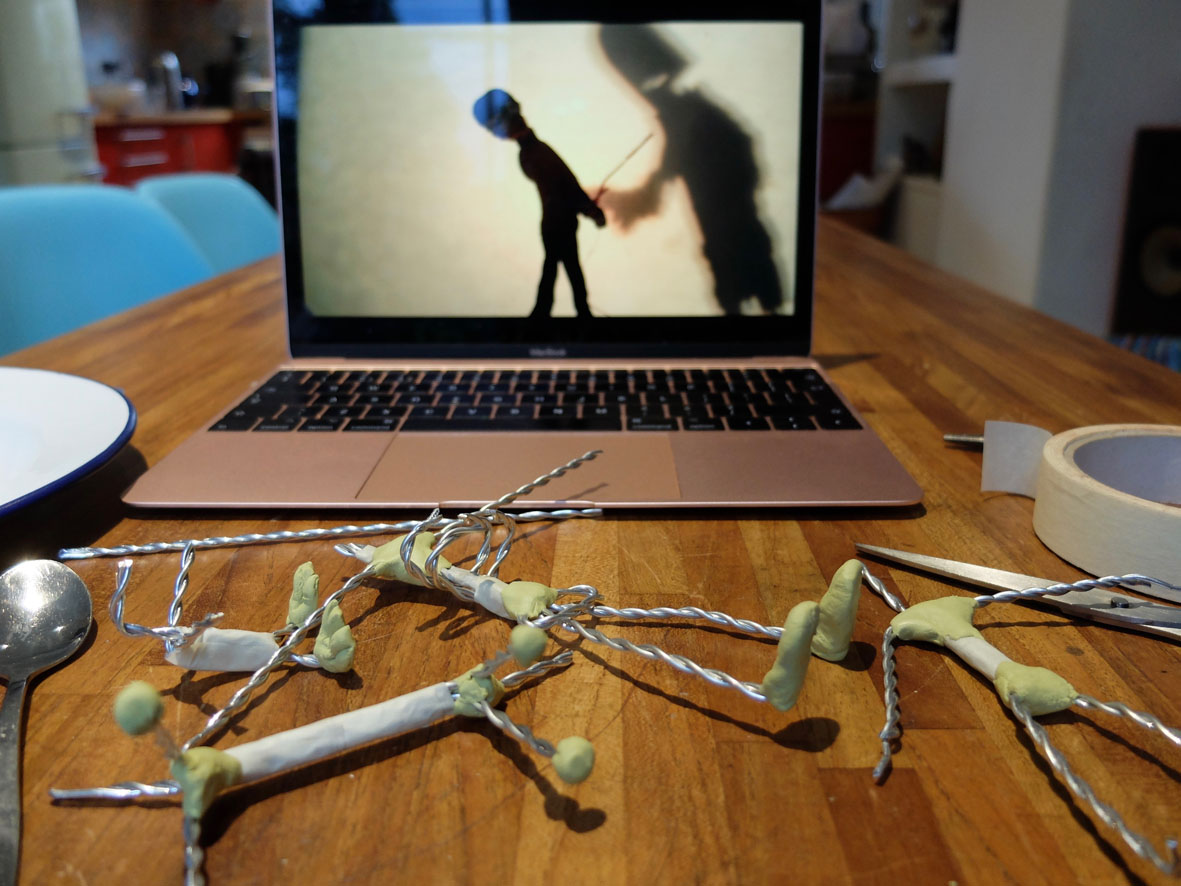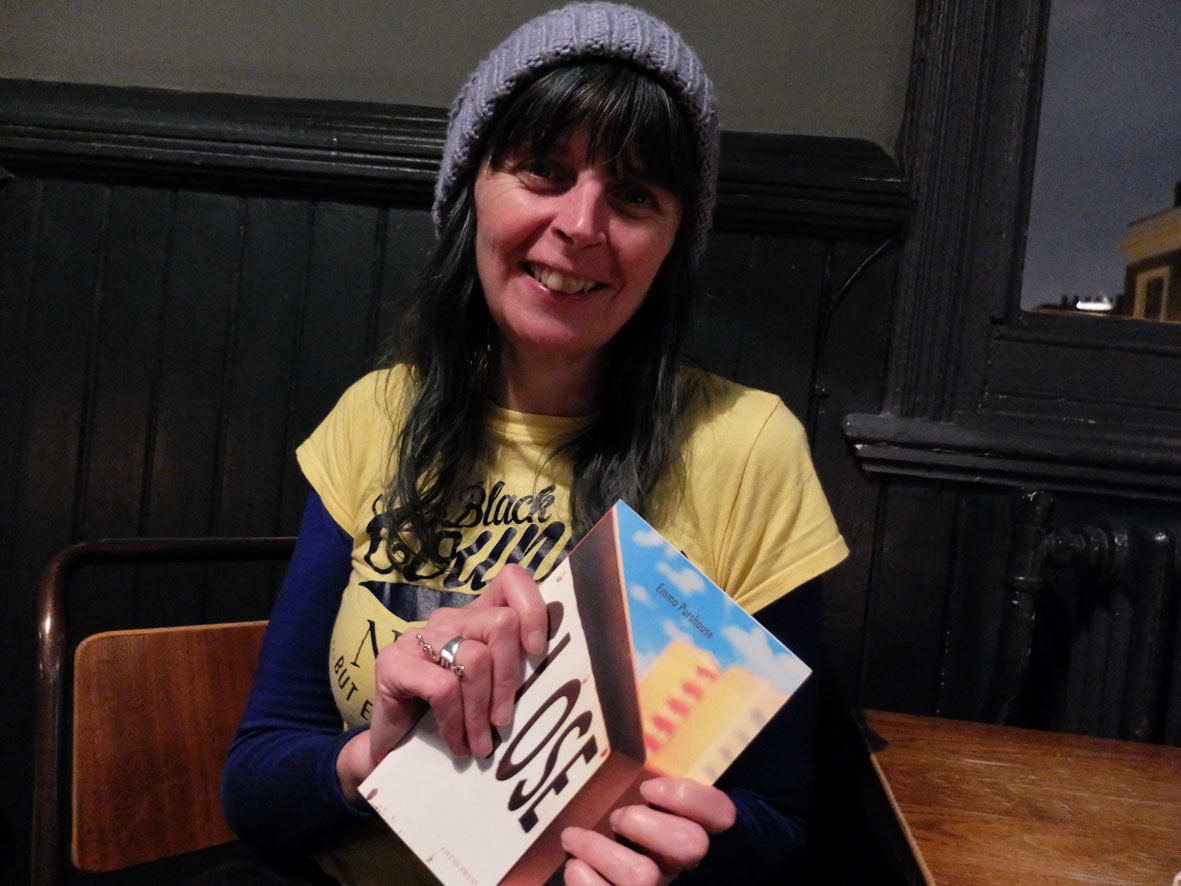11 Aug Can We Write About This? Men, Sex and Feelings
‘Can We Write About This? Men, Sex and Feelings’ is a podcast by Tony Pletts, featuring fizzing conversations with two brilliant writers and me.
The podcast has come out of the book Tony has written about the loving journey of our relationship, together and into consensual non-monogamy with others. The book hasn’t been published…yet. Taking his manuscript into the world has opened up a broader enquiry about why men have been reluctant to write about their personal sexual experiences and vulnerabilities, and if there is an appetite for them be published at all.
The conversations Tony has with Lucy-Anne Holmes and Monique Roffey are intelligent, provocative and fun. There’s an interview with me too if you want to hear more about what it’s like to be physically and emotionally exposed in thousands of words.
It is Tony’s honest self-reflection that makes his writing different from the bombastic hero we have come to recognise as the unreconstructed Hollywood portrayal of men’s sexuality. Tony and I make many mistakes, and he is willing to reveal our faltering steps and stumbles into emotional quick sands. Amid the steamy explicit descriptions of sex, his book is about learning by getting things wrong. Tony shows us what it is like inside his perception, and it is refreshing to hear about his awkward mis-steps. For me, he typifies ‘Daring Greatly’ (Theodore Roosevelt) via Brené Brown.
“If we are going to find our way out of shame and back to each other, vulnerability is the path and courage is the light. To set down those lists of ‘what we’re supposed to be’ is brave. To love ourselves and support each other in the process of becoming real is perhaps the greatest single act of daring greatly.” Brené Brown
I hope what Tony’s brave revelations will do is open more conversations, inspire people to acknowledge their true longings, encourage people to negotiate the shape of relationship that meets their needs, and allow others to connect with their feelings and their voice.
There’s more information about the podcast here, and You can find a link and listen to it here.
